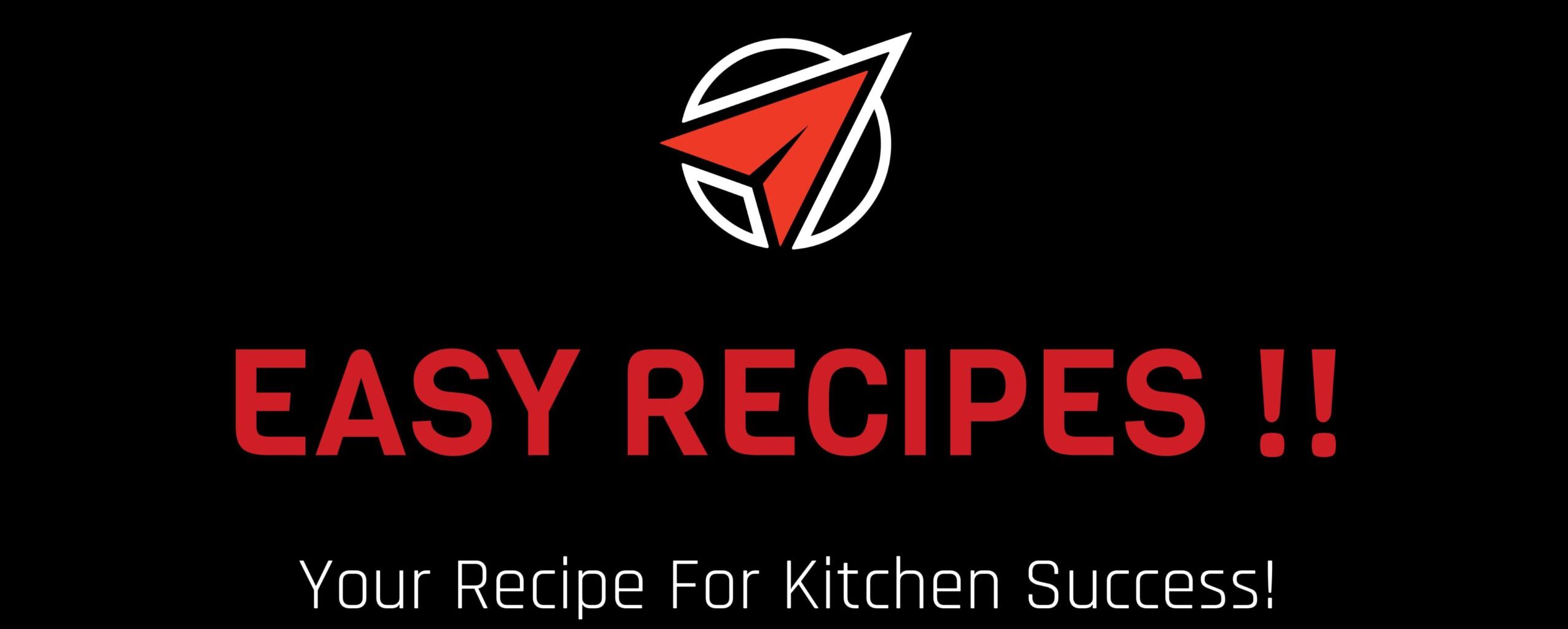The Purpose of Those Little Strings on Bananas
If you have ever peeled a banana, you’ve likely encountered those thin, fibrous strings that cling to the fruit. Some people find them annoying and try to remove them before eating, while others barely notice their presence. But have you ever wondered what these little strings are and why they exist? These strings, known scientifically as “phloem bundles,” play a crucial role in the development of the banana, and they have more importance than most people realize.
What Are Phloem Bundles?
Phloem bundles are a type of vascular tissue found in plants, responsible for transporting nutrients, water, and organic compounds. In the case of bananas, these bundles serve as the conduits that distribute essential nutrients throughout the fruit as it grows. The name “phloem” comes from the Greek word phloios, meaning “bark” or “layer,” and it is one of the two main vascular tissues in plants, the other being xylem.
Xylem is primarily responsible for moving water and minerals from the roots to the rest of the plant, while phloem handles the movement of sugars, amino acids, and other vital substances. This system ensures that all parts of the plant, including the developing banana, receive the necessary nutrients to grow and mature.
The Role of Phloem Bundles in Bananas
Phloem bundles serve a significant function in the banana’s growth. Bananas develop from flowers into clusters of fruit, commonly called hands. During this process, they require a constant flow of nutrients, which is facilitated by these fibrous strands. Without phloem bundles, the banana would not develop properly, leading to stunted growth or an underdeveloped fruit.
These strings remain present even after the banana has fully ripened. Since they are an integral part of the banana’s nutrient transport system, they do not disappear when the fruit is ready to eat. Their fibrous nature is what makes them slightly tougher than the rest of the banana flesh, which is why some people prefer to remove them before consuming the fruit.
Are Phloem Bundles Safe to Eat?
Yes, phloem bundles are completely safe to eat. In fact, they contain the same nutrients as the rest of the banana. They are rich in fiber, vitamins, and minerals, contributing to the overall nutritional value of the fruit. Some people find their texture slightly off-putting, but they are not harmful in any way.
Because phloem bundles are part of the plant’s natural structure, they do not have any negative health effects. If anything, they add a little extra fiber to your diet, which is beneficial for digestion and gut health. Fiber helps regulate bowel movements, supports heart health, and promotes a feeling of fullness, making phloem bundles a tiny but valuable part of your banana-eating experience.
Why Do Some Bananas Have More Strings Than Others?
The number and prominence of phloem bundles in a banana can vary depending on several factors, including the banana variety and its ripeness. Some bananas naturally have more pronounced phloem bundles, while others have fewer, making them less noticeable.
Riper bananas tend to have softer flesh, which sometimes makes the phloem bundles easier to remove. Conversely, less ripe bananas have firmer fruit, making the strings more pronounced and slightly more difficult to peel away. This is why some people notice them more when eating a banana that is still slightly green.
Can Phloem Bundles Be Used for Anything Else?
Beyond their role in nutrient transport, phloem bundles don’t have much practical use outside the banana. However, because they are a natural fiber source, they contribute to the overall sustainability of bananas as a food source. Some researchers have explored using banana fibers for making biodegradable materials, textiles, and even paper products, though these applications typically focus on other parts of the banana plant rather than the tiny phloem bundles found in the fruit.
Should You Remove Them?
Whether you remove the phloem bundles or leave them on is a matter of personal preference. Some people find them unpleasant due to their slightly different texture, while others don’t mind them at all. If you prefer a smoother banana-eating experience, you can simply peel them away before eating. However, leaving them on means you’re consuming all parts of the fruit, including its beneficial fiber content.
Conclusion
The little strings on bananas, or phloem bundles, may seem like a minor annoyance, but they serve an essential role in the growth and development of the fruit. Without them, bananas wouldn’t receive the nutrients they need to mature properly. These fibrous strands are completely safe to eat and even provide additional fiber and nutrients. Whether you choose to remove them or not, knowing their purpose adds a new layer of appreciation for one of the world’s most popular fruits.


